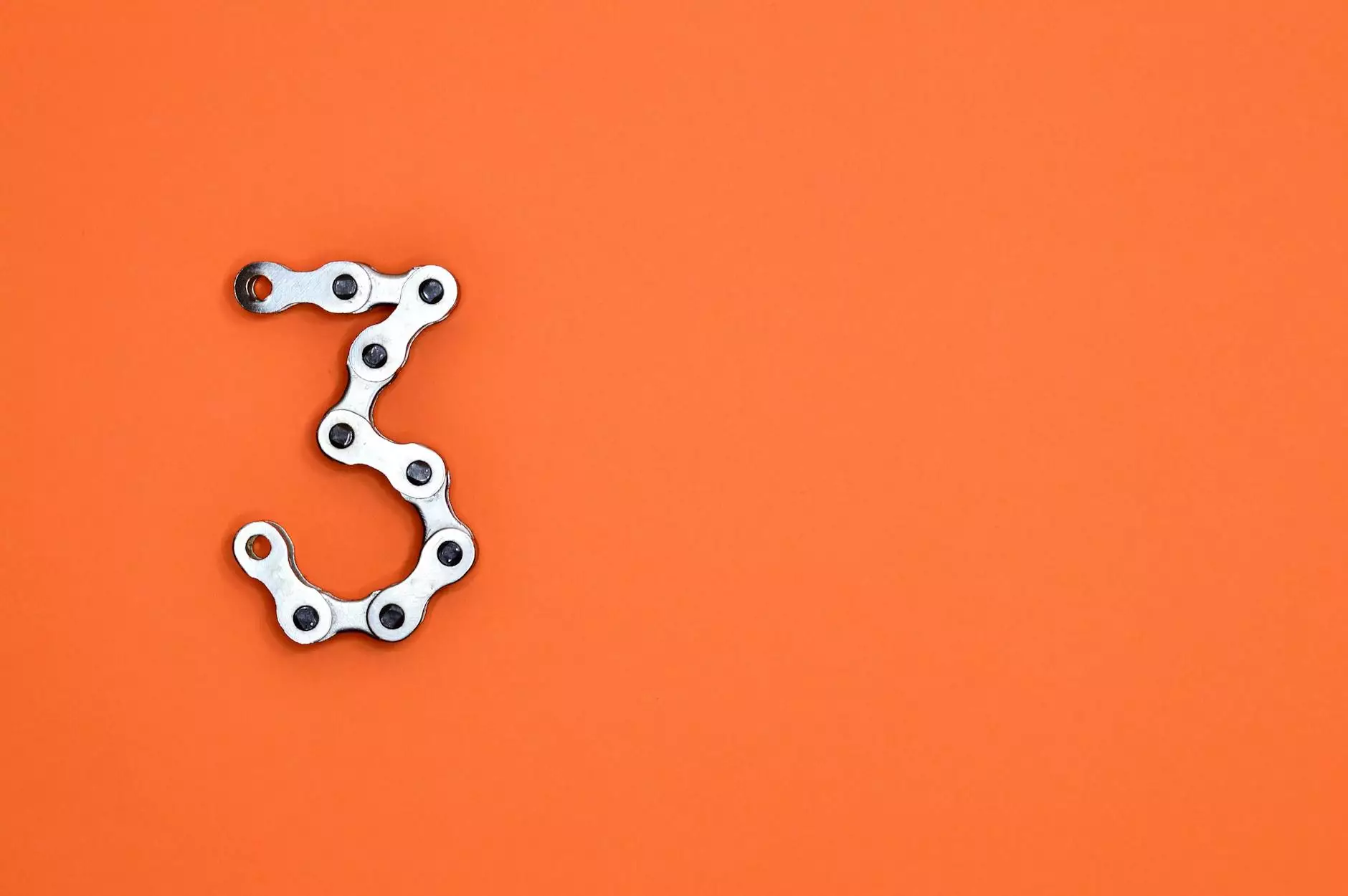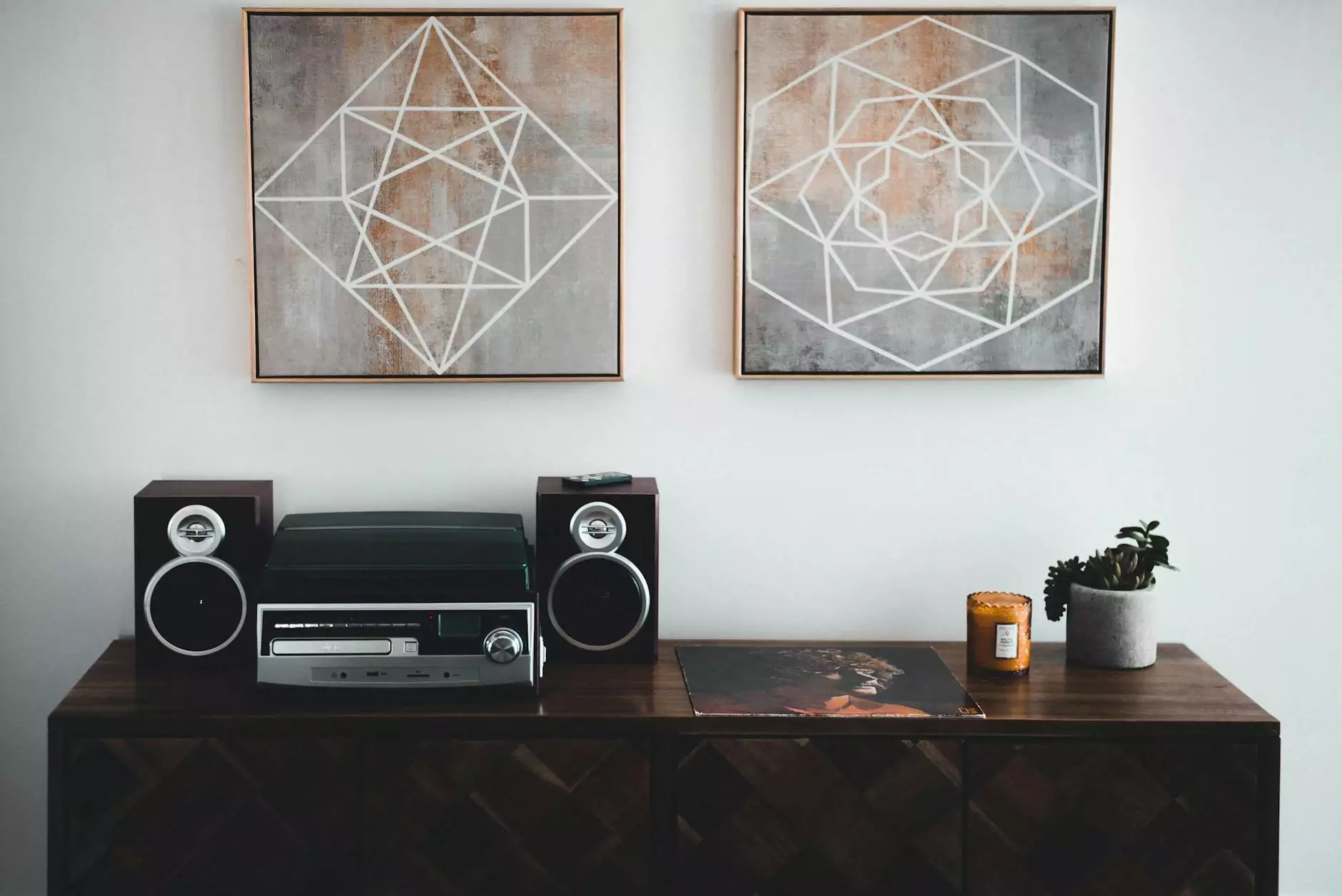Understanding the Human Design Chart: Unlocking Your True Potential

The human design chart is a unique synthesis of modern science and ancient wisdom, offering insightful details about our personal lives and how we interact with the world around us. Originating from the revelations of Ra Uru Hu in the late 1980s, this system is based on a combination of astrology, I Ching, Kabbalah, the Chakra system, and genetics. By delving into the secrets of your human design chart, you can tap into your innate strengths, understand your weaknesses, and ultimately lead a more fulfilling life.
What is a Human Design Chart?
A human design chart, also known as a Bodygraph, is a visual representation of the interplay between your birth data and the planetary alignments at that moment. It consists of several key components:
- Type: There are four main types—Manifestors, Generators, Projectors, and Reflectors—that dictate how you are designed to interact with the world.
- Centers: These are akin to the Chakras and can be defined (colored) or undefined (white), representing your energetic state.
- Gates and Channels: Gates represent specific traits or potentials, while channels connect gates to manifest various abilities.
- Not-Self Theme: This helps you recognize when you are operating outside of your design.
- Profile: This gives insight into your personality, combining two numbers that provide a broad understanding of the themes of your life.
The Four Types of Human Design
Understanding your human design chart begins with identifying your type. Here’s a closer look:
1. Manifestors
As a Manifestor, you are here to take initiative and make things happen. Your energy is independent, and you often act on your urges, manifesting ideas into reality. It’s essential to inform others of your decisions to minimize resistance.
2. Generators
Generators are the life force of the planet, with sustained energy to work and build. You thrive when doing what you love and are here to respond to life's prompts. Recognizing and acting on what lights you up is vital for your fulfillment.
3. Projectors
Projectors are natural guides and leaders. With a focused energy, you excel in understanding others and directing them. As a Projector, it’s important to wait for invitations to share your insights, ensuring they are recognized and valued.
4. Reflectors
Reflectors are the mirrors of society, offering reflections of the environments they inhabit. Your design is fluid, adapting to those around you. You’re meant to evaluate and measure the health of your surroundings, bringing wisdom to the community.
Decoding Your Human Design Chart
Once you know your type, the next step is to dive deeper into the specifics of your human design chart. Here are some crucial components to analyze:
Energy Centers
The nine energy centers in your chart dictate how you experience life and process energy:
- Defined Centers: These are areas where you have consistent energy and traits.
- Undefined Centers: Here, you are open to influences from others, which can lead to variability in experiences.
Channels and Gates
Each gate and channel in your chart adds layers to your personality. Understanding these can help you harness your strengths:
- Active Gates: Indicate inherent traits and potential skills.
- Defined Channels: Represent established connections that influence your interaction styles.
Profile Dynamics
Your profile consists of two numbers, each representing different aspects of your personality and life lessons. Understanding these can offer clarity on your purpose:
- First Number: Represents your conscious personality traits.
- Second Number: Reflects your unconscious traits and life’s challenges.
The Importance of Strategy and Authority
Your human design chart specifies a strategy to follow along with an authority to make decisions effectively:
Strategy
Each type has a specific strategy that helps them interact optimally with the world. Adhering to this strategy can create flow and reduce resistance:
- Manifestors: Inform before acting.
- Generators: Respond to life.
- Projectors: Wait for the invitation.
- Reflectors: Wait a lunar cycle for clarity.
Authority
Your authority guides your decision-making process based on your energetic blueprint. Understanding this is critical:
- Emotional Authority: Make decisions based on feelings over time.
- Sacral Authority: Trust your gut responses.
- Splenic Authority: Follow your intuitive hits in the moment.
- Self-Projected Authority: Align decisions with your self-expression.
How to Utilize Your Human Design Chart in Daily Life
Integrating the insights from your human design chart into daily life can lead to a more purposeful existence. Here are some practical tips:
Self-awareness and Reflection
Use your chart as a tool for introspection. Regularly reflect on your decisions and interactions through the lens of your design.
Setting Boundaries
Understand your defined and undefined centers to set healthy boundaries with others and manage your energy effectively.
Pursuing Passion and Joy
Focus on activities that light you up and resonate with your Generator energy. Choose paths that align with your interests and skills identically expressed in your human design chart.
Building Relationships
Leverage the knowledge of your own design and the designs of those around you to foster healthier relationships. Recognizing the differences can enhance communication and understanding.
The Role of Human Design in Business
Using a human design chart in business can transform leadership, team dynamics, and productivity. Understanding various designs within your team helps to strategize effective collaborations:
Team Roles
Identify individual strengths based on their designs to assign roles that maximize productivity:
- Manifestors: Ideal for initiating projects.
- Generators: Perfect for sustaining workflow.
- Projectors: Natural advisors to guide teams.
- Reflectors: Assess project health and team morale.
Leadership Styles
Different types exhibit various leadership traits; thus, recognizing strengths and challenges can help form more effective leadership models and enhance existences.
Conclusion: Embracing Your Human Design Chart
A human design chart is more than a mere tool; it's a roadmap to a deeper understanding of yourself and your interactions. By exploring its components and applying its insights, you can lead a life aligned with your true self. Whether in personal development or navigating the intricacies of business, embracing your design can unlock unprecedented potential and fulfillment. Explore yours today and embark on a transformative journey toward self-discovery and empowerment.
human design chart








